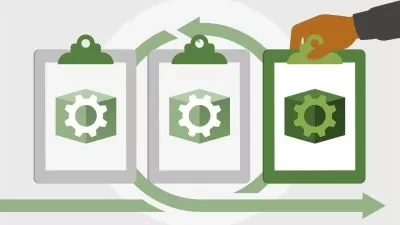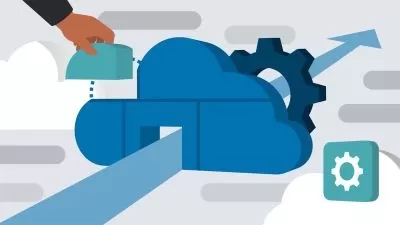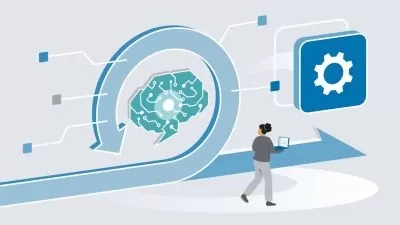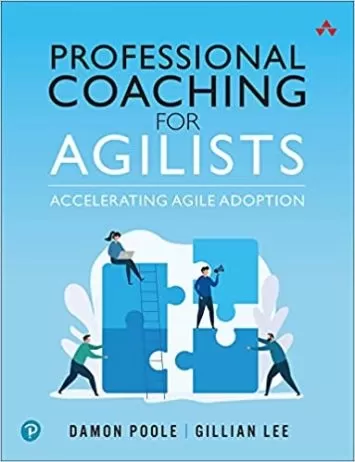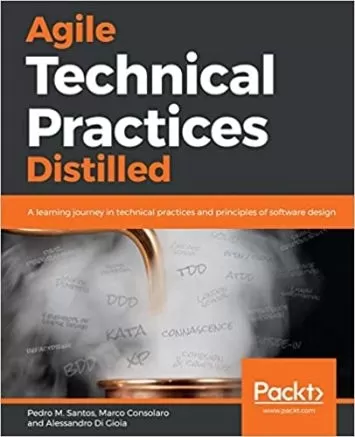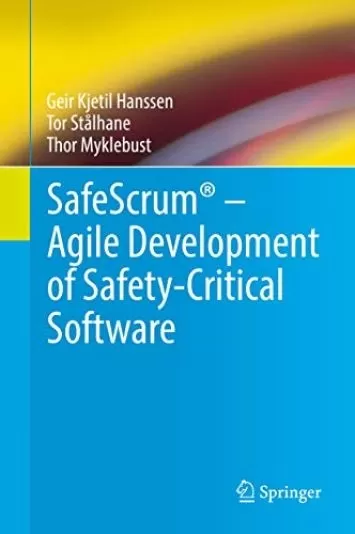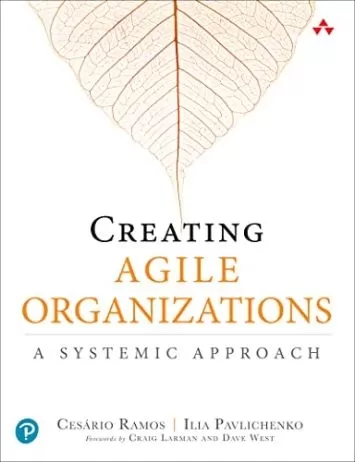About AgileLearn More
Agile is a project management process that takes an incremental and quick approach to project completion. Agile methods are widely employed by many organizations that rely heavily on swift project completion to keep their products or services up to date and to remain level with or ahead of their competitors. Udemy offers many Agile courses that can teach you established techniques for keeping your projects organized and on schedule.
Sort by:
Sorting
The newest
Most visited
Course time
Subtitle
Filtering
Courses
Subtitle

Linkedin Learning


Doug Rose
Agile Project Management: Comparing Agile Tools 1:50:10
English subtitles
08/29/2024
Subtitle

Linkedin Learning


Reginald Valentine
Agile Development in the New World of Work 25:34
English subtitles
08/29/2024

Udemy


Krystsina Leuchyk
Agile Basics: Complete SCRUM Guide for Beginners in 2 hours 2:09:50
07/27/2024
Books
Frequently asked questions about Agile
Agile is an approach to project management developed by a group of software developers who valued working software over lengthy documentation and the ability to respond and change during the project instead of following a fixed plan. The developers created the Agile Manifesto, which documents the values and working principles of the team. While the original framework was applied to software, teams in all different industries now use an Agile approach to manage projects successfully. Agile programs break up development into small increments of work. These increments are then tested at each stage to ensure the product functions as intended. As new information or errors are uncovered, the team can adapt and adjust planning as needed. Agile also values communication within the team and with the customer throughout the project to ensure everyone is on the same page and people can work well together.
Customer satisfaction is Agile's priority, met by providing valuable software. Second, embrace change to deliver better products. Third, handover working software often (usually in two-week intervals). Fourth, teams of software developers and business professionals work together through the entire project. Fifth, motivated team members are the key to successful projects and require support, trust, and a positive environment. Sixth, the best communication method is a face-to-face verbal conversation, whether internally or customer-facing. Seventh, progress is measured by the success of the frequent working software deliverables. Eighth, sustainable development means working at a constant pace everyone can maintain. Ninth, strive for technical excellence and quality design. Tenth, put simplicity at the forefront of the design. Eleventh, self-organizing teams create the best software. Finally, teams often reflect on how to better deliver and recalibrate based on the feedback.
The four values of Agile emphasize a flexible and collaborative approach to software design and project management. The values are formatted as comparisons between what is valued highly and what needs to be valued less. (1) The team members, customers, and how they interact (frequently and face-to-face) are much more valuable than creating processes or tools. (2) Software that works is more important than creating elaborate or detailed documentation on how the software works. (3) Collaborating with the customer throughout the project is more fruitful and productive than setting up a rigid contract between the customer and the development team at the project outset. (4) Embracing change and responding will always produce a better deliverable than if the team adheres to the original plan.
Within Agile there are three primary roles: Product Owner, Scrum Master, and Team Member. The Project Owner keeps the final vision for the project top-of-mind. They understand where the project fits into the larger company plan and are the first to know about high-level changes to the project, which they communicate to the team. The Scrum Master, which is a similar role to a Project Manager, oversees the project's daily operation, monitoring progress, giving feedback, and directing Team Members. They are responsible for the project's details and making sure deliverables are met on time and on budget. The Team Members are the designers, makers, writers, engineers, etc. that create the product. They are managed by the Scrum Master but are responsible for the quality of their work.
PMP (Project Management Professional) is a specific designation based on the Project Management Body of Knowledge (or PMBOK) methodology. This approach to project management is related to the more-traditionally used waterfall method. Fast-moving start-ups and software developers usually embrace the Agile approach to project management. Agile Certifications are given by Scrum organizations (a type of Agile approach). PMP focuses on a top-down, structured process, where planning occurs upfront and documentation is essential. Stakeholders are typically consulted at the beginning of the project only, and then the plan is executed. Agile, using the Scrum framework, divides projects into smaller sprints (usually two weeks long), and embraces change as part of the process, meaning stakeholders are likely involved throughout the process.












